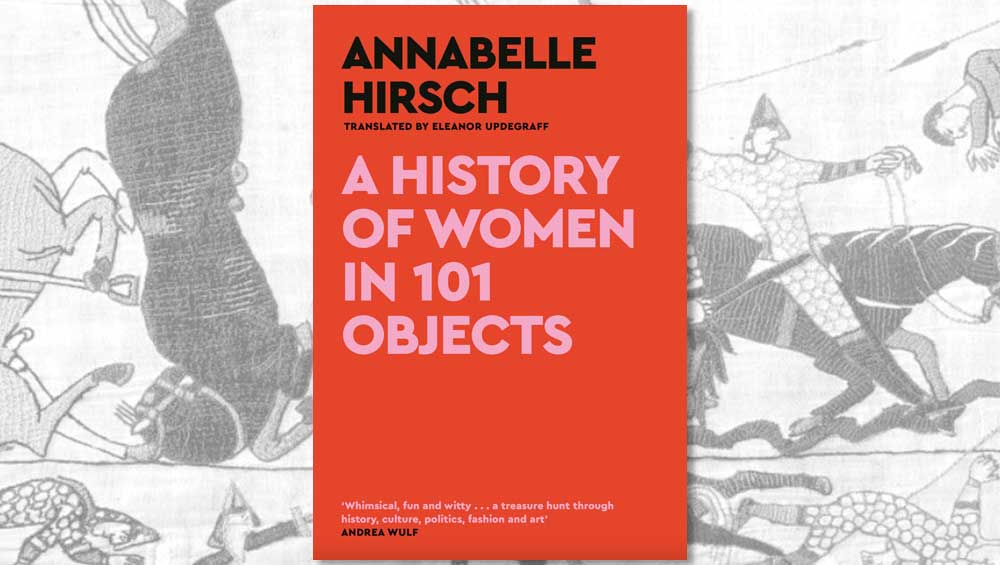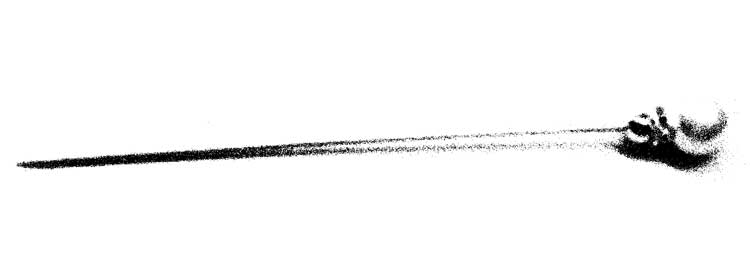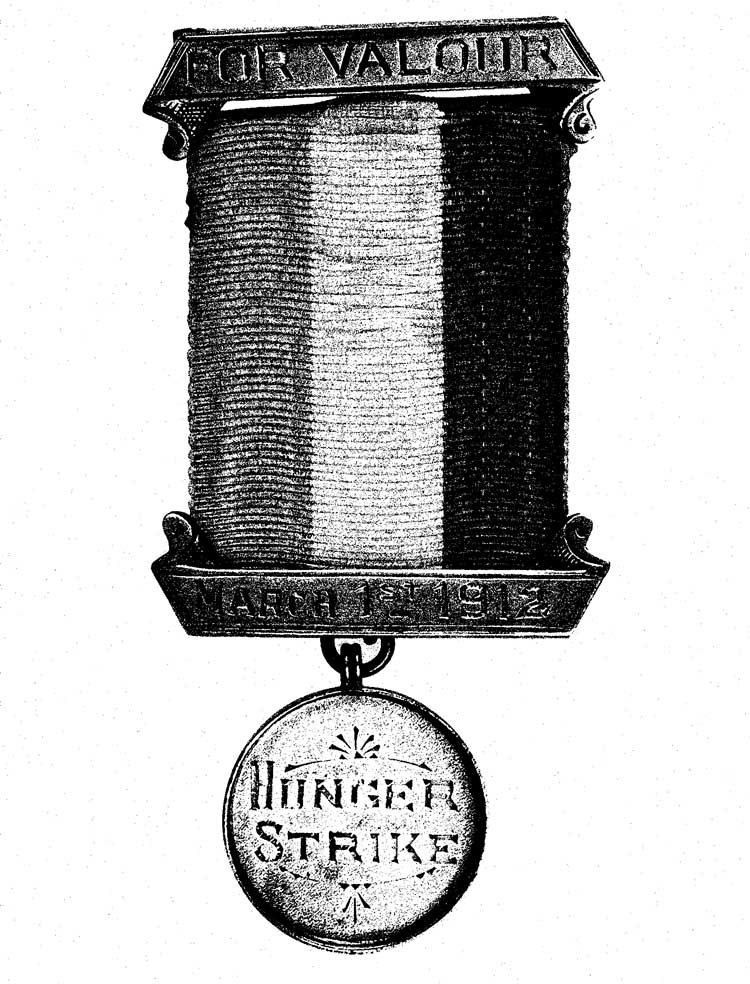
A History of Women in 101 Objects: A Walk Through Female History by Annabelle Hirsch, translated by Eleanor Updegraff, published by Canongate.
reviewed by CHRISTIANA SPENS
In a world in which we spend so much time online, in our heads, in some cerebral wasteland, the allure of physical objects through which to understand ourselves and our connected histories is especially pronounced. It can feel as though objects have magical properties, at times, containing the essence of people, experiences and our own feelings about them. Even without the disorienting, stilted nature of modern, digital-adjacent life, objects have always been a compelling way to interrogate human existence and the nature of the civilisations we have collectively built. To keep objects – to treasure things – may at times represent a resistance to death itself, as well as a way to grapple with the reality of our fleeting materiality. Rooted in the human tendency to investigate, catalogue and preserve objects, is an attempt to process the loss or ignorance of those things and what they represent.
In A History of Women in 101 Objects by Annabelle Hirsch, a careful selection of items is revealed to us in a personal and yet far-reaching exploration of what it means for women to have lived and to have left things behind, interacting with a physical world that is at once treasured and hostile. This is a history told through things, then – a show and tell of objects signifying women’s stories, which have often been overlooked. It is reactive and subversive, aimed as a corrective to patriarchal recordings of the past.

The Bayeux Tapestry (detail), 11th century.
Some of the objects described in this book are easily recognisable – the Bayeux Tapestry, for instance, which has spurred longstanding international tussles for ownership. Then there is the Remington typewriter, first marketed in 1874, which “created new jobs for women … offered them a new way of expressing themselves”, but over time became a symbol of labour that was not particularly appreciated and would often hold women back from more fulfilling careers.

Hat Pin, 1900.
There are curious, titillating tokens of curiosity – a 16th-century glass dildo, and a hatpin – which in the early 1900s became the source of a mass panic among men fearing they might be skewered by an angry woman using this “concealed weapon”. The hysteria around this unlikely event was rooted in men’s increasing sense of concern that women were taking over “their” public spaces. The idea that women might stab them with their hatpins seems ludicrous now, but it was just the moral panic, and indeed fashion of the day. Just a few years later, a new symbol of women’s liberation would emerge: the Hunger Strike Medal, awarded by the leadership of the Women’s Social and Political Union to suffragettes who served terms of imprisonment with hunger strike, and Hirsch brings us the one that was given to Emmeline Pankhurst in 1912 for surviving two months of detention and starvation. From each of these artefacts, we unearth a new fragment of a dazzling collective history, which taken together build a fascinating museum of female existence, with these markers of subjugation, subversion and, at times, triumph.

Hunger Strike Medal, designed by Sylvia Pankhurst, and presented to Emmeline Pankhurst in 1912.
The focus on objects in an age of virtual reality also suggests a desire for material items that will explain and resonate in ways that images or words alone may not. It feels frustrating, however, for that reason, not to see or feel these fascinating objects; it is as if there is an exhibition or archaeological show out there somewhere, but we can see only the catalogued pictures of them. And in this distance between the objects and their representations in the book, between the idea of a collection and the reality that this collection exists solely in printed matter, there is a dissociative feeling, too – that such a history itself is just beyond reach, somehow intangible despite all the care that has been taken to choose, collect and describe.
These objects represent the reality of women’s lives but also suggest melancholy and dissonance. In psychoanalysis, the idea of “the Thing” or “das Ding” can shed some light. According to Martin Heidegger, an object becomes “a Thing” when it can no longer serve its common or intended function. When an object breaks or is misused, it sheds its conventional role and becomes visible in new ways: it becomes a thing. According to Sarah Wasserman: “Thing theory draws upon this notion of productive estrangement to consider the meaning that physical artefacts can have for human subjects.”1 Jacques Lacan also wrote of “the Thing”, describing it as what lies beyond the object (or the signified), which is vague and unknowable in and of itself. Lacan describes it as “the thing in its dumb reality”,2 a lost object that must be found and refound continually. Collecting inanimate objects, coveting them, is often nostalgic and masochistic, then, imbuing them with a magical quality or essence that is a projection of the collector, and part of a continual process of losing and finding, and never quite grasping.
These objects are indeed special and curious, but there is also a sense that they are the detritus of female lives, once discarded, now scooped up and treasured in this collection, but never fully found. They can seem like a sort of memorabilia, inherently fetishistic in that sense. I’m reminded of The Virgin Suicides by Jeffrey Eugenides, and the film adaptation by Sofia Coppola, in which the boys collect the things that the girls left behind – handwritten notes, cosmetics, photographs, candles, religious icons, a bra, tennis shoes – which altogether became a museum of teenage girlhood, recording in a subtle way their shared sense of suffocation and attempts to mark out their lives in some way. The boys carefully labelled 97 artefacts and kept them in five suitcases in their treehouse. I am also reminded of Catholic shrines, and shrines more generally, and the devotional aspect of collecting objects imbued with meaning and memory. I’m reminded, too, of Viking warriors, buried in longships with their treasures, or Mummies, or various other death rituals in ancient human civilisations, where the departed are defined by the things they once held or wore, where those things are imbued with an eeriness thereafter.
The women whose lives and deeds are highlighted in A History of Women in 101 Objects are gone, therefore, and these objects are all memento mori. There is a sense of needing and wanting to preserve female history through this careful collecting of the things left behind; this is important and valuable, but on an emotional level quite unsettling. That is as it should be: melancholia is inevitable in a collection of neglected things, a curation of forgotten fragments of histories.
It is so easy to get lost in our heads, in the clouds of consciousness, and dwelling in the world of ideas can be isolating. This book redirects our attention to the realm of physical things, to question how we interact with that reality, and how we can embrace it. While throughout the book I wanted to see and feel the objects chosen, I learned through the guide of the author to focus more intently on otherwise neglected things, and the subtle, hidden properties of the detritus of the real world. This focus on objects rather than the bodies and faces of women is also refreshing; we are so used to seeing objectified bodies and considering women in those terms, that to turn our gaze to other things than ourselves, is strangely radical and grounding. In this way of telling history, the human is de-centred, and so we gain a different perspective on human experience and what we leave in our wake, what we lose and never quite recollect.
References
1. Thing Theory by Sarah Wasserman, 2020.
2. The Ethics of Psychoanalysis 1959–1960: The Seminar of Jacques Lacan, Book VII, edited by Jacques-Alain Miller and Jacques Lacan, translated by D Porter, published by Routledge, 1992, page 55.
• A History of Women in 101 Objects: A Walk Through Female History by Annabelle Hirsch, translated by Eleanor Updegraff, is published by Canongate, price £25.